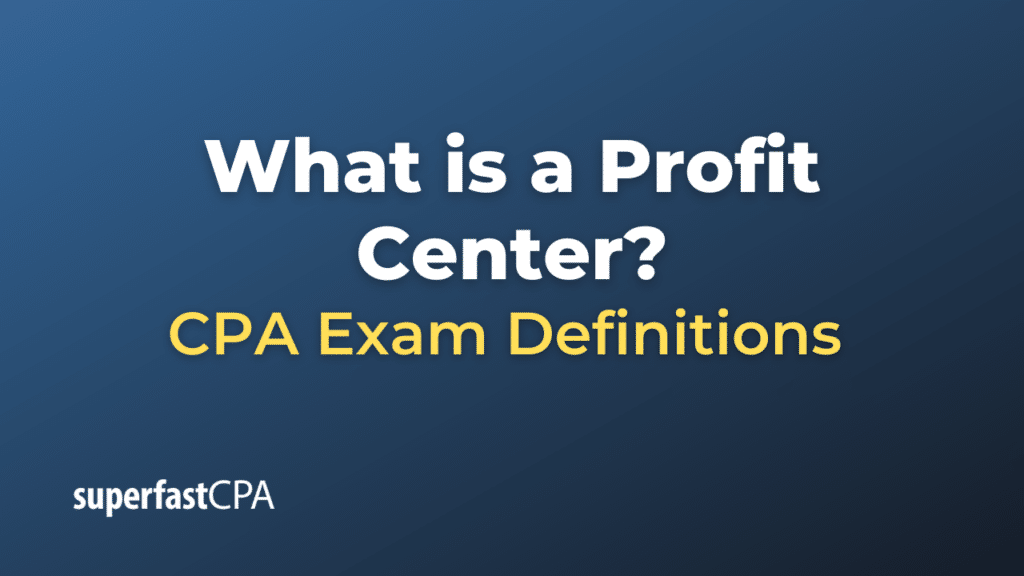Profit Center
A profit center is a part or division within a company that directly adds to its profit. It is responsible for generating its own revenues, as well as for its own costs and expenses. The performance of a profit center is typically assessed based on its profitability, or net income, which is calculated as revenues minus expenses.
The purpose of designating a part of the organization as a profit center is to allow for greater transparency and accountability in assessing its performance. By treating different parts of the organization as their own profit-generating units, it becomes easier to determine which parts of the organization are most and least profitable, which can inform strategic decisions and resource allocation.
Examples of profit centers might include individual stores in a retail chain, divisions or product lines within a larger corporation, or departments within a financial institution.
Please note that the opposite of a profit center is a cost center, which is a part of the organization that does not directly generate revenue, but still incurs costs for the business, like the HR or IT department. While cost centers are necessary for the operation of the business, their costs are typically accounted for separately from profit centers to provide a clearer picture of the company’s profitability.
Example of a Profit Center
Let’s use a car manufacturing company as an example. The company might have different profit centers for each of its car models. So, let’s say the company produces three models: Sedan, SUV, and Sports Car.
Each of these car models is a separate profit center, each with its own revenue (from the sales of that specific model) and its own costs (manufacturing, marketing, etc. related to that specific model).
For example, let’s say for one fiscal year the Sedan model brought in $20 million in sales, the SUV model brought in $30 million, and the Sports Car model brought in $10 million. These are the revenues for each profit center.
On the other hand, the Sedan model had $12 million in costs, the SUV model had $20 million in costs, and the Sports Car model had $7 million in costs.
This allows the company to calculate the profitability of each model separately:
- Sedan Profit: $20 million (revenue) – $12 million (cost) = $8 million
- SUV Profit: $30 million (revenue) – $20 million (cost) = $10 million
- Sports Car Profit: $10 million (revenue) – $7 million (cost) = $3 million
This way, the company can assess which models are most profitable, identify potential areas for improvement, and make more informed decisions about where to invest in the future. The company could decide, for example, to boost marketing for the SUV model because it is the most profitable, or to reevaluate the costs associated with the Sedan model to increase its profitability.












